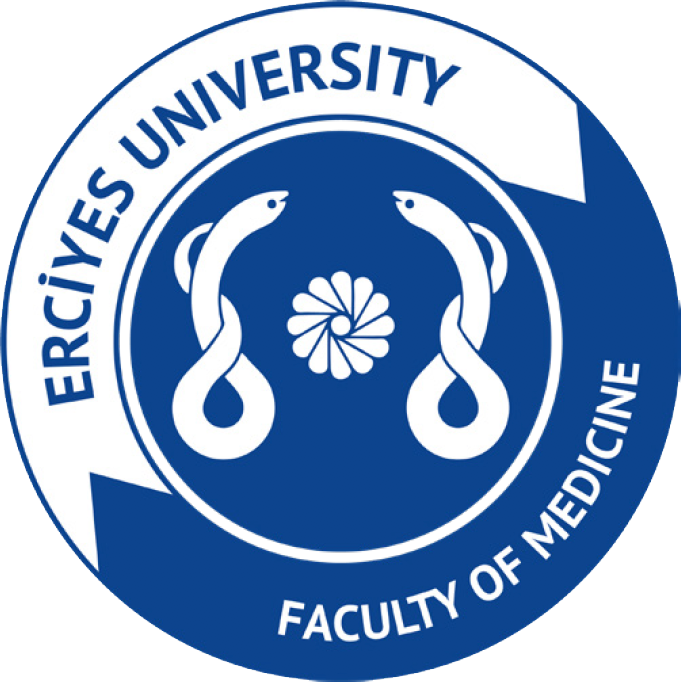2Department of Radiology, Kars Goverment Hospital, Kars, Turkey
3Department of Biochemistry, Başkent University Medical Faculty, Adana Biochemistry Laboratory, Ankara, Turkey
Abstract
Purpose: In this study, we aimed to evaluate renal tubular and glomerular functions in Juvenile idiopathic arthritis.
Material and methods: Twenty children (12 male, 8 female) with juvenile idiopathic arthritis (JIA) and 10 children (4 boys, 6 girls) as controls were included in the study. The following renal laboratory tests were performed in both patients and control group: serum biochemical parameters, electrolytes in 24-h urine, microalbumin in 24-h urine, venous pH, HCO3 - and serum osmalility. The second morning urine specimens were obtained from the patients and control group in order to determine urinary Cr levels, complete urinalysis, phosphorus, N- acetyle- Β-glucosaminidase (NAG), Renitol binding protein (RBP), renal failure index (RFI), reabsorbsion of tubular phosphorus (TRP), fractional sodium excretion (FeNa), and urinary osmolality. Renal ultrasonography (USG) was undergone to determine nephrocalcinosis in both patient and control group.
Results: The mean follow-up duration of the patients was 21 months (range: 1-107) There were no statistically significant differences with regard to glomerular and tubular functions between the patient and control groups. Renal biopsy was performed on two patients and revealed mesengioproliferative glomerulonephritis in one patient, and amyloidosis in the other.
Conclusion: Our results could not determine that children with JIA tend to have renal disorders. However, this result may be linked to our limitations such as limited number of patients and the relatively short duration of the follow-up period.
2Department of Radiology, Kars Goverment Hospital, Kars, Turkey
3Department of Biochemistry, Başkent University Medical Faculty, Adana Biochemistry Laboratory, Ankara, Turkey
Amaç: Bu çalışma juvenil idiopatik artritli çocuklarda böbrek tubuler ve glomeruler fonksiyonların değerlendirilmesi amacı ile planlanmıştır.
Materyal ve metod: Juvenil idiopatik artritli 20 çocuk (12 erkek, 8 kız) ve kontrol grubu olarak sağlıklı 10 çocuk (4 erkek, 6 kız) çalışmaya alındı. Hasta ve kontrol grubunda serum biyokimyasal parametreler, 24 saatlik idrarda elektrolitler ve mikroalbümin, kan gazı ve serum osmalaritesi çalışıldı. Spot idrarda tam idrar analizi, Cr, P, N-asetil-b-glukozaminidaze(NAG), retinol bağlayıcı protein (RBP) ve osmolarite ölçüldü. Nefrokalsinozis varlığını araştırmak için ultrasonografi yapıldı.
Bulgular: Hastalarımızın ortalama takip süresi 21(1-107) ay idi. Renal tubüler ve glomeruler fonksiyonlar bakımından hasta ve kontrol grubu arasında istatistiksel fark saptanmadı. İki hastaya idrar bulguları nedeni ile biyopsi yapıldı. Bir olguda renal amiloidoz, diğer olguda mezengioproliferatif glomerulonefrit saptandı.
Sonuç: Çalışma sonuçlarımız juvenil idiopatik artritli çocuklarda böbrek etkilenmesini gösterememiştir. Bu sonuç hasta sayısının azlığı ve kısmi olarak kısa izlem süreleri ile ilişkili olabilir.

